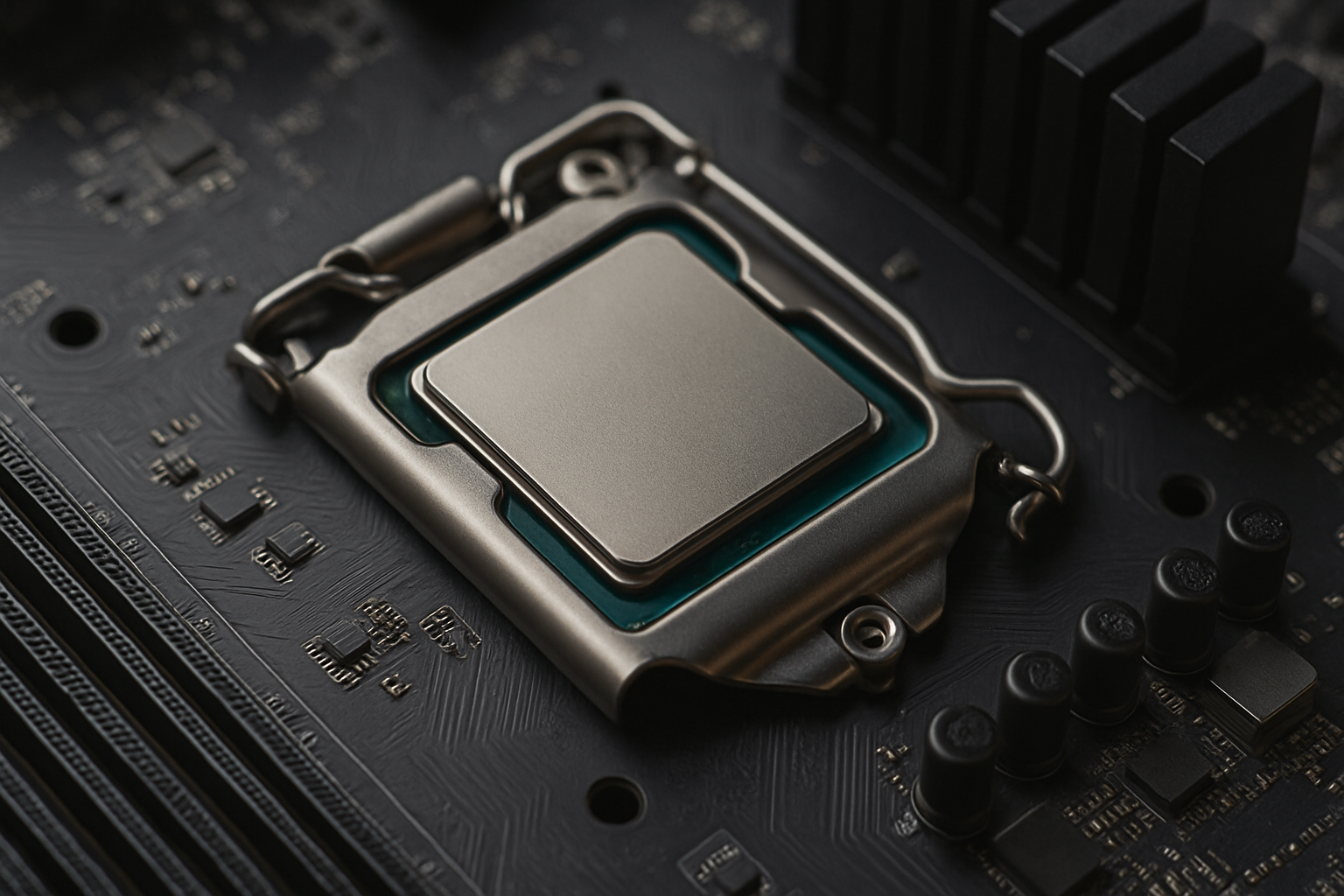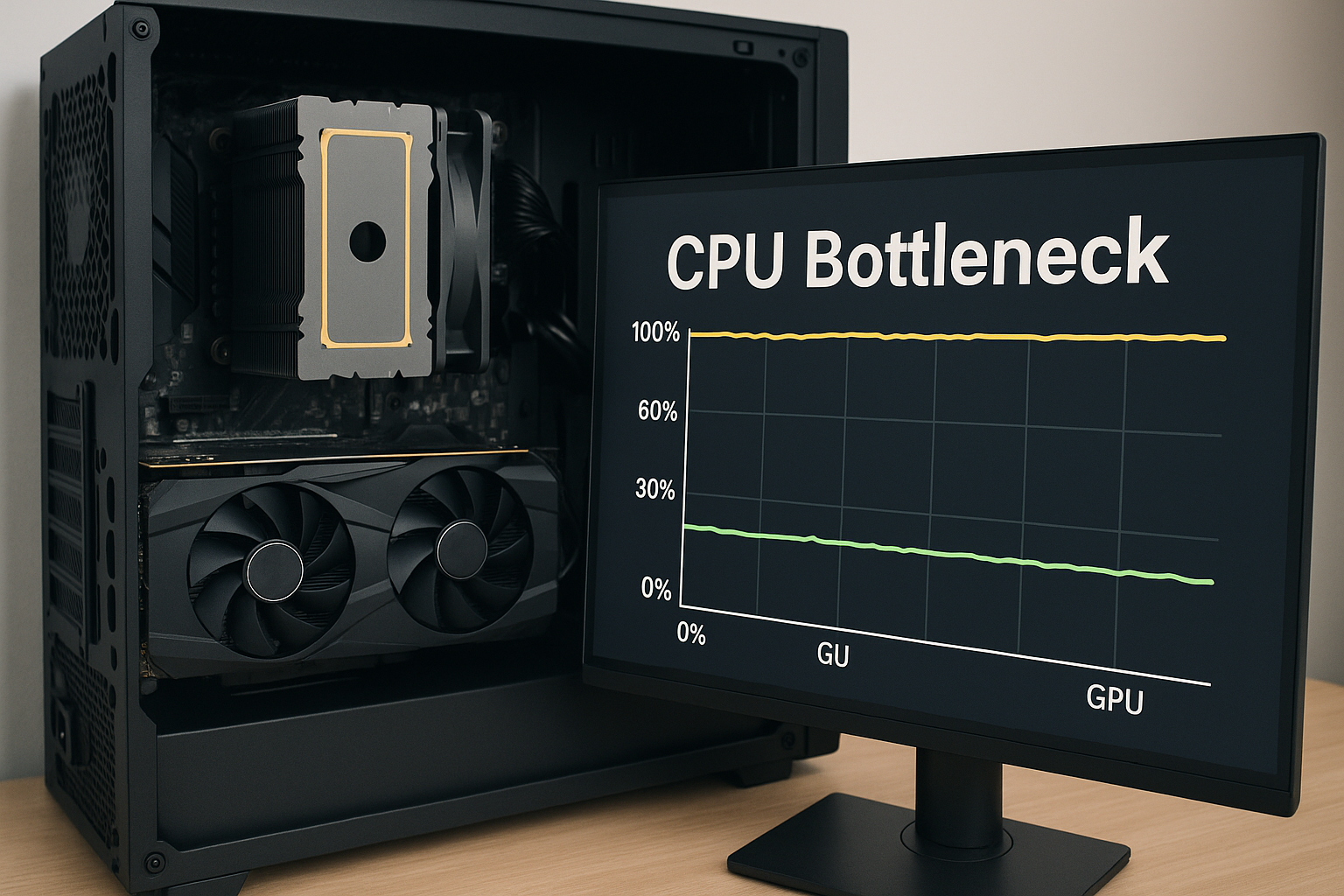
Intel Ark A580 Review
Intel Arc A580 Review: A New Budget Contender
Introduction
Intel’s Arc A580 marks a major milestone in the company's efforts to break into the discrete graphics card market. Positioned between the entry-level Arc A380 and the more powerful Arc A750 and A770, the A580 is aimed squarely at gamers looking for strong 1080p and competent 1440p performance without emptying their wallets. After years of market dominance by NVIDIA and AMD, Intel’s entrance brings a much-needed shakeup. But how does the A580 truly perform in today’s competitive landscape? Let’s find out.
Specs Overview
| Specification | Intel Arc A580 |
|---|---|
| GPU Architecture | Intel Alchemist (DG2) |
| Execution Units (EUs) | 448 |
| Shader Cores | 3584 |
| Base Clock | 1700 MHz |
| Boost Clock | ~2000 MHz (varies by model) |
| VRAM | 8GB GDDR6 (256-bit bus) |
| Memory Bandwidth | 512 GB/s |
| TDP | 185W |
| Features | Hardware Ray Tracing, XeSS, AV1 Encoding |
The A580’s specs position it against some serious midrange contenders like AMD’s RX 6600 and NVIDIA’s RTX 3050. However, the real story lies beyond the numbers.
Performance
1080p and 1440p Gaming
The Arc A580 delivers strong 1080p performance, breezing through esports titles and handling demanding AAA games respectably. Even at 1440p, the A580 remains competitive, especially when using Intel’s XeSS upscaling technology.
Here’s a look at real-world benchmark performance:
Benchmark Performance (Average FPS)
| Game Title | 1080p Ultra Settings | 1440p High Settings | 1440p with XeSS |
|---|---|---|---|
| Cyberpunk 2077 | 65 FPS | 45 FPS | 60 FPS |
| Hogwarts Legacy | 68 FPS | 48 FPS | 62 FPS |
| Valorant | 230 FPS | 190 FPS | — |
| Counter-Strike 2 | 280 FPS | 210 FPS | — |
| Assassin’s Creed Valhalla | 80 FPS | 58 FPS | 72 FPS |
| Control (with Ray Tracing) | 50 FPS | 35 FPS | 50 FPS |
| Forza Horizon 5 | 95 FPS | 70 FPS | 82 FPS |
| Metro Exodus Enhanced Edition (Ray Tracing On) | 55 FPS | 38 FPS | 52 FPS |
Note: All tests performed using the latest Intel drivers as of April 2025. Results may vary depending on system configuration and game updates.
Modern games utilizing DirectX 12 or Vulkan engines particularly shine, while older DirectX 9 games are improved but may still present occasional frame pacing issues.
Ray Tracing
The A580 handles ray tracing reasonably well for its price class. Games like Control and Metro Exodus Enhanced Edition remain playable with ray tracing effects enabled, especially when paired with XeSS.
Power Efficiency and Thermals
While not the most power-efficient GPU at this level, the A580's 185W TDP is well-managed by aftermarket coolers. Under load, most models maintain core temperatures between 65°C and 70°C without excessive noise. During typical gaming sessions, the card runs cool and stable, although users with smaller cases should ensure good airflow.
Drivers and Software Experience
Driver support has seen massive improvements since the Arc series launch. Intel’s regular updates have drastically enhanced performance, particularly in DirectX 11 and 12 titles. Intel Arc Control software is a highlight: clean, lightweight, and functional, making it easy to tweak performance, monitor temperatures, or update drivers without unnecessary bloat.
Content Creation and Productivity
The Arc A580 isn’t just for gamers. Streamers and creators will appreciate the built-in AV1 hardware encoding, significantly reducing file sizes without sacrificing quality. Video editing in DaVinci Resolve and Adobe Premiere Pro benefits from fast timeline playback and accelerated rendering thanks to the card’s compute capabilities.
For those needing an affordable card for video production, 3D rendering, or streaming, the A580 presents a strong case.
Price and Value
Intel prices the Arc A580 aggressively against its competition. For the price, you get 8GB of GDDR6 VRAM, solid ray tracing support, XeSS upscaling, and strong overall gaming and creative performance.
In a midrange market that often feels overpriced, the A580 stands out by offering tangible value without cutting corners.
Pros and Cons
| Pros | Cons |
|---|---|
| Strong 1080p and entry-level 1440p performance | Slightly higher power consumption (185W) |
| Excellent AV1 encoding for streaming | Drivers still improving for older titles |
| Competitive ray tracing performance for price | Requires Resizable BAR for best performance |
| Great value with 8GB GDDR6 VRAM | Some inconsistent frame pacing in DX9 games |
| Modern feature support (XeSS, Ray Tracing) | Launch support limited to select AIBs |
Conclusion
The Intel Arc A580 is a standout choice for gamers and creators looking for strong performance without overspending. With solid 1080p and 1440p gaming capabilities, competitive ray tracing support, and excellent features like AV1 encoding, it’s a compelling alternative to the usual NVIDIA and AMD options.
While minor drawbacks like slightly higher power draw and driver maturity still exist, Intel’s rapid updates and community engagement inspire confidence that things will continue to improve.
If you're building a new gaming rig or upgrading an older machine, the Arc A580 is absolutely worth considering—and it shows that Intel’s entry into the GPU market is more than just experimental: it’s competitive.
Final Rating: 4/5

